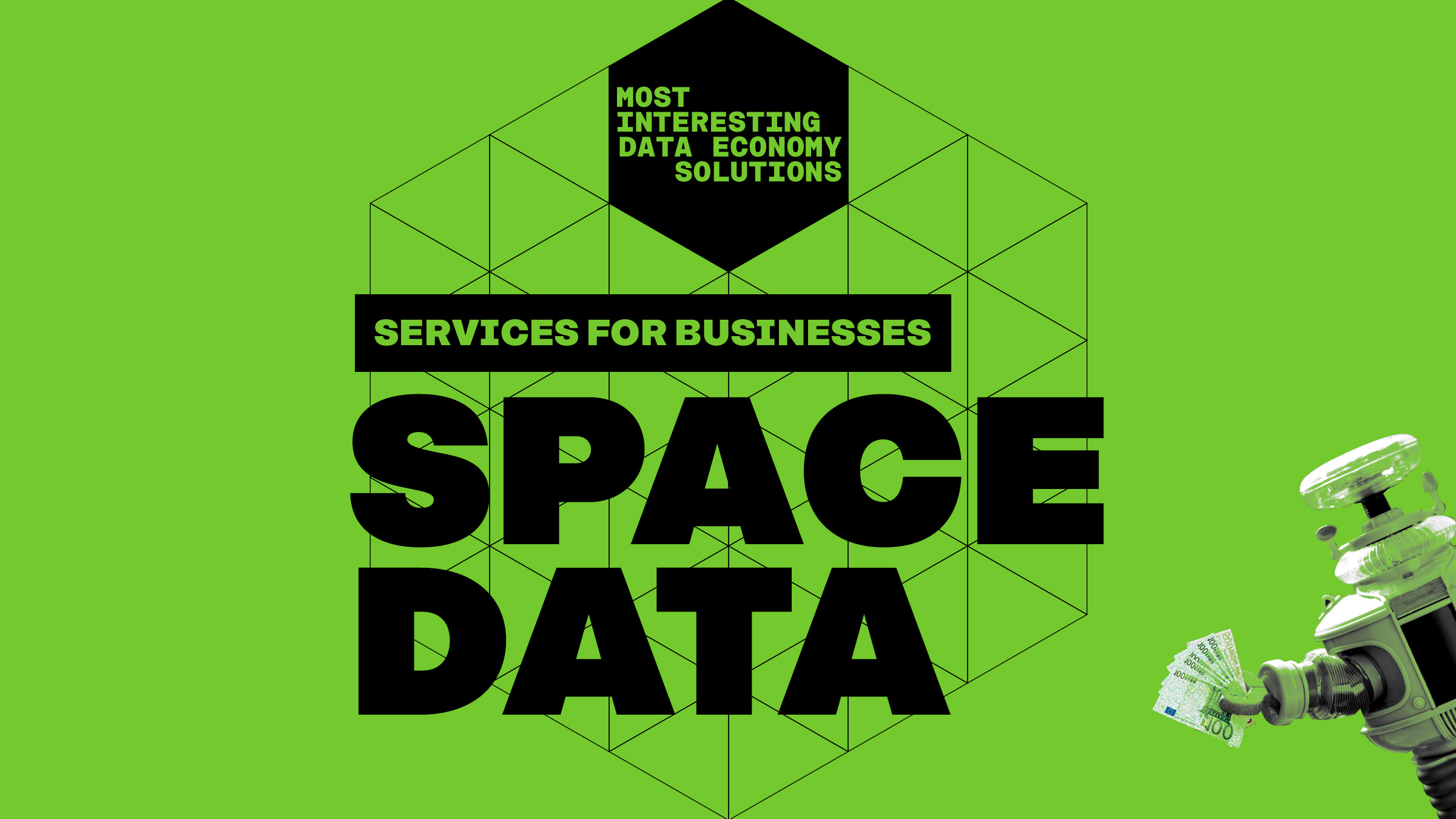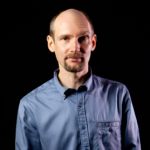The Paris Agreement on climate change was signed in 2015. In the agreement, countries pledged to limit the increase in the global average temperature to as close as possible to 1.5 degrees Celsius.
The agreement’s targets are tightened every five years in global progress reports, which also review progress towards the goals. The UN’s report on the first progress report makes stark reading: the emission commitments made by countries are not enough to meet the target, and the need for further action is clear.
So far, countries have been reporting their emissions themselves. As part of an international research effort, the Finnish Meteorological Institute is developing a reliable indicator alongside reporting to provide independent information on a country’s emissions trends.
Research Professor Hannakaisa Lindqvist, head of the group leading the satellite monitoring of carbon emissions and the carbon cycle, says that the system being developed is based on measurements of greenhouse gases in the atmosphere.
Measurements are increasingly being made from space, for example by satellites from the European Space Agency (ESA) and the US Space Administration (NASA). Several new satellites will be put into orbit to monitor carbon emissions.
“In addition to government reporting, we will have an observational system that measures how much carbon dioxide and methane there is in the atmosphere and how much of it is sequestered in the ground and released into the air. By combining satellite data with ground-based measurements, we get an independent country-specific emission estimate.”
Ground-based greenhouse gas measurements are combined with satellite data using various modelling and machine learning techniques.
The next Global Stocktake will take place in five years time. Then, countries’ own reports will be complemented by an observation-based emissions estimate as a result of European research collaboration – a service that uses atmospheric data collected by satellite.
Satellites provide more information on how companies are doing
The Finnish Meteorological Institute is also involved in Vaasa University’s Spacecasting project, in which researchers are exploring ways to use satellite data to predict, for example, the success of companies and assess corporate responsibility, such as environmental impact, emissions and social responsibility.
Satellites can be used, for example, to check whether the actual emissions of factories match reported emissions, or how natural areas around production plants, such as forests and waterways, are faring. The satellite uses chromatic analysis to assess the drying up and pollution of water bodies.
Satellite data also has the potential to provide information on, for example, how an industrial plant affects the vitality of nearby villages, especially when data is combined with other data sources with the help of artificial intelligence.
According to Assistant Professor Mikko Ranta, who is leading the Spacecasting project, companies’ responsibility requirements and stronger reporting increase the demand for reliable and high-quality information.
“An external evaluator must be able to judge whether the company is telling the truth. For example, auditors need objective data, such as satellite data combined with local data sources, to support corporate sustainability claims.”
Ranta first became interested in satellites through placement. In the US, investment funds have long used satellite data to predict the success of companies.
For example, the success of a car factory can be predicted by monitoring the pace at which the factory produces cars. The development of countries, such as the number of street lights, has also been monitored by satellite for decades.
“Now there are more and more satellites. They’re more accurate, and machine learning helps you get more out of your data. In Spacecasting, and in general, we get a better grasp of what individual companies are doing.”
In Finland, too, many companies are already using satellite data. For example, Neste, a Finnish oil refiner and producer of sustainable fuels, has worked with the Finnish Meteorological Institute to measure the climate emissions from its Porvoo refinery. The expertise gained from this collaboration has been used in Spacecasting, including to develop solutions for monitoring emissions from mining operations.
Open data from space is needed for shared use
In Finland, Sodankylä is home to one of the world’s northernmost satellite stations – and Hannakaisa Lindqvist’s workstation. The satellite station is an important ground-based reference: using the station’s verification measurements, researchers can verify the reliability of satellite data not only in Finland but also in the entire Arctic region, such as Russia.
Atmospheric data quickly shows changes, even over short periods of time, before other indicators. Even the sky is not the limit for what data can be used for in the future.
There are also risks in collecting data from space: an increasing number of commercial satellites are orbiting the Earth, the data from which can be accessed for a fee. Lindqvist points out that they must not remain the only sources of information.
“ESA and NASA excel at open data Open data Data which can be freely used, re-used and re-distributed by anyone. Open term page Open data , open data, but information from private actors is only available to certain parties for a fee. We must ensure that we have both state and EU-led satellite projects so that space does not remain a playground for commercial companies.”



